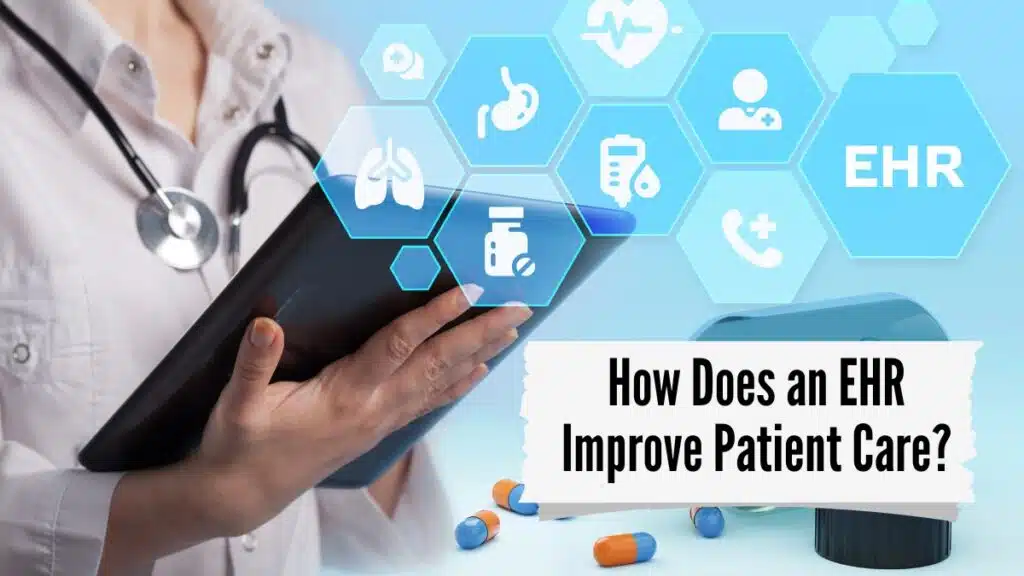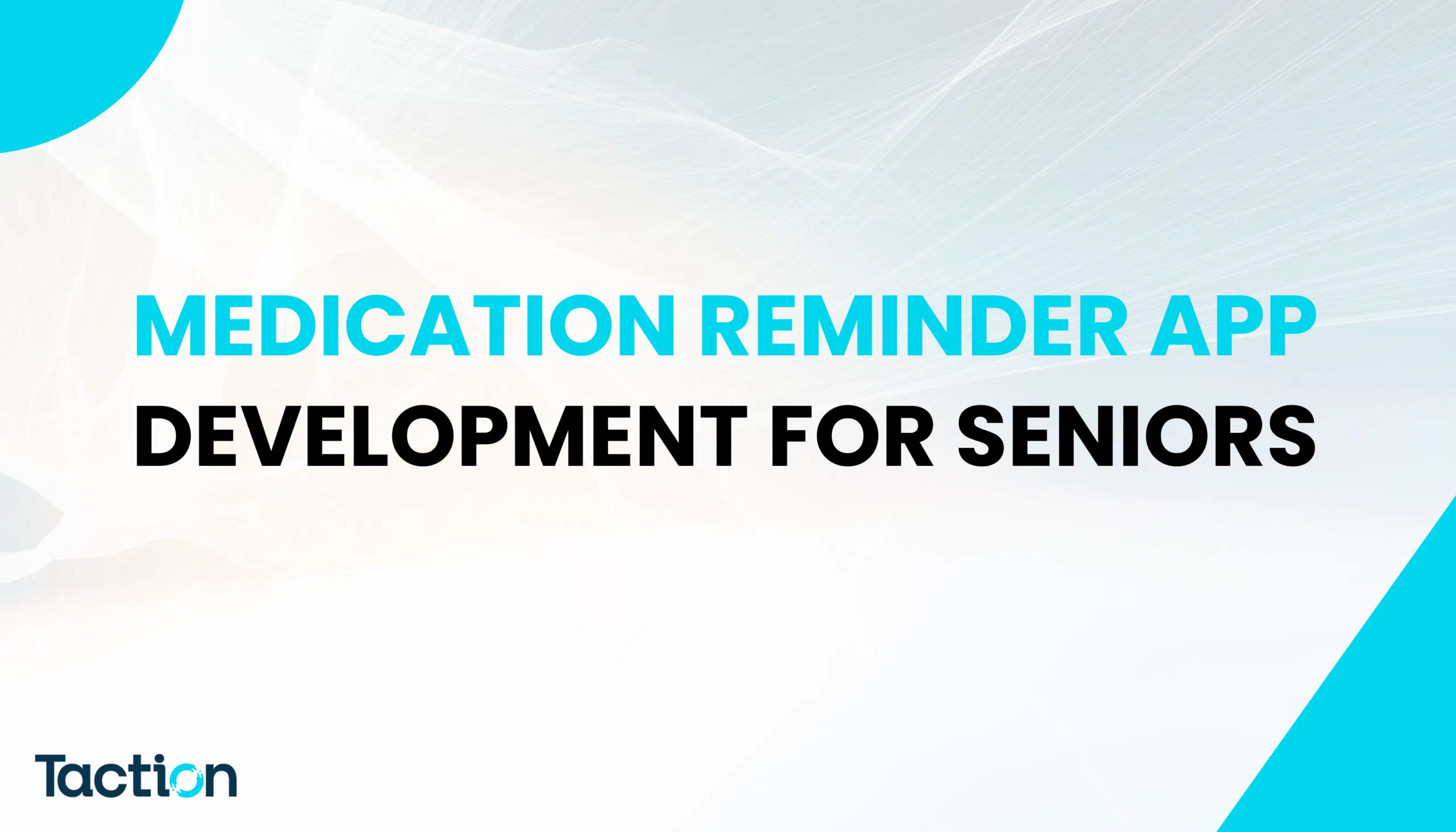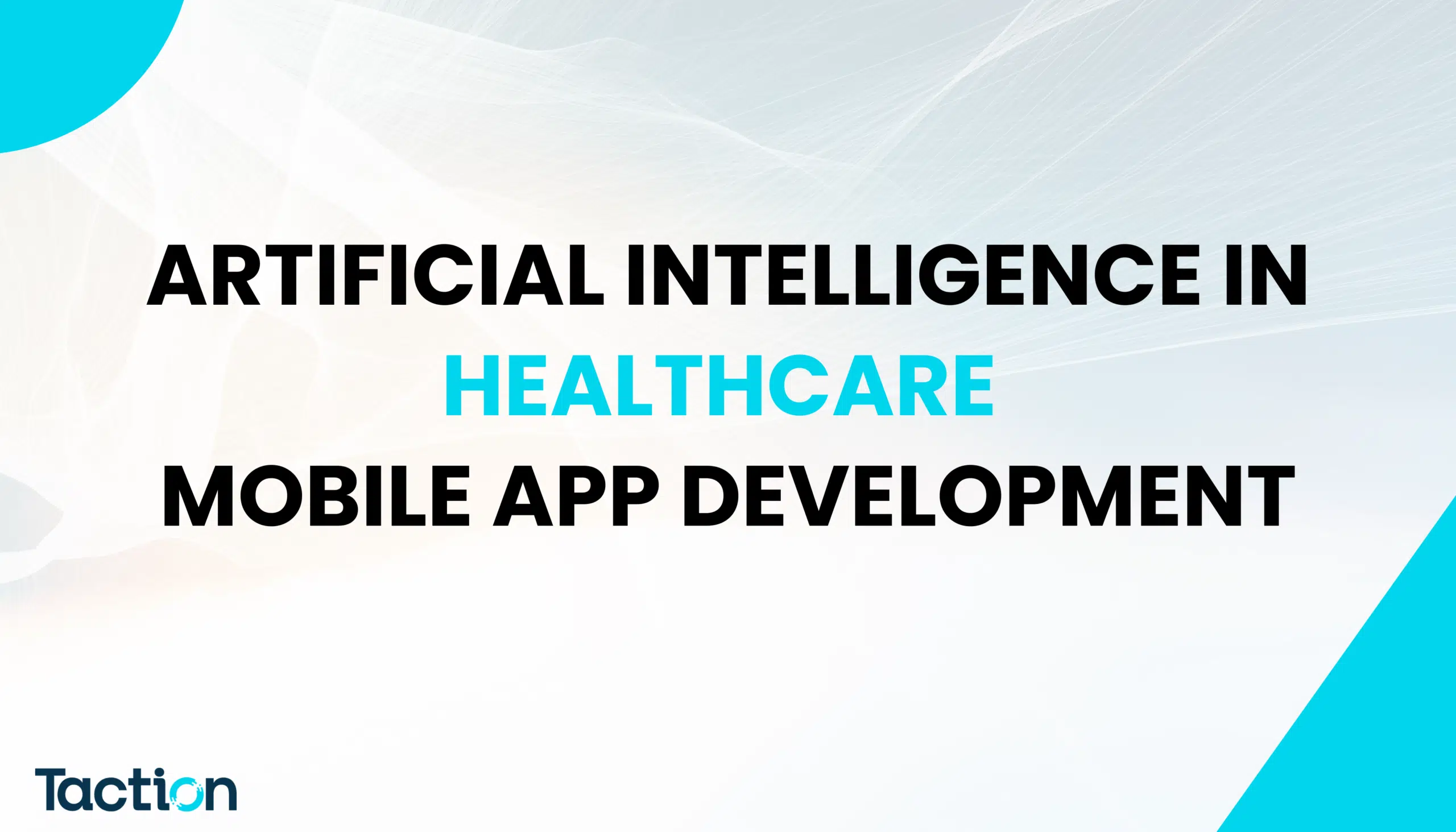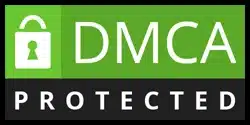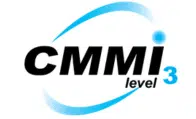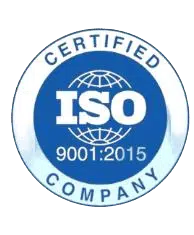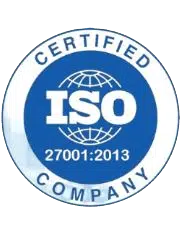At present, EHR Improve Patient Care is experiencing an unprecedented digitization shift, and one of its most significant innovations in this regard has been Electronic Health Records (EHRs). In this post, we are discussing 10 Reasons EHR improve healthcare.
EHRs have revolutionized healthcare delivery by providing many benefits that enhance patient care, boost efficiency, and empower both healthcare providers and patients.
We will explore their transformative power in modern healthcare in this article.
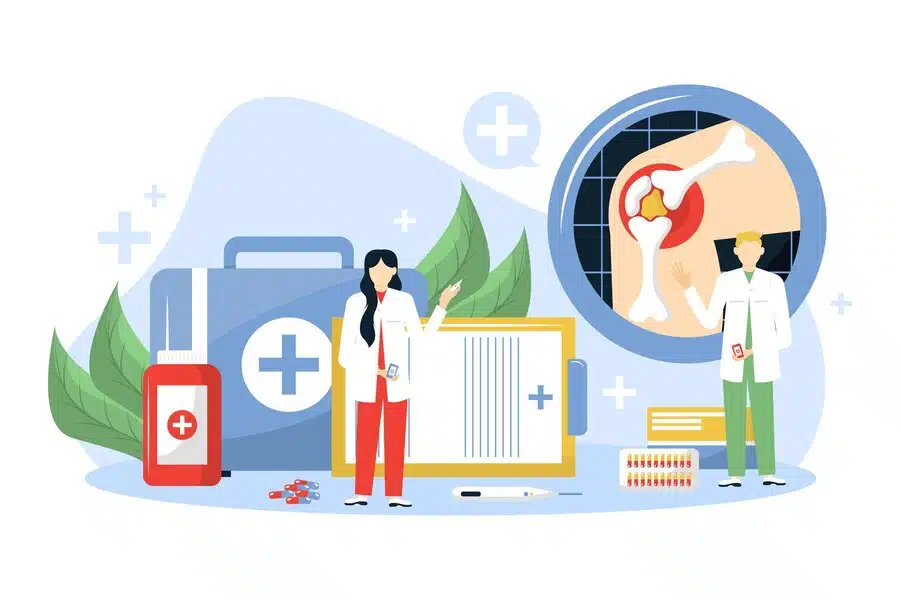
1. Enhance Accessibility and Availability: Breaking Barriers
Gone are the days of sorting through stacks of paper records; EHRs now give healthcare professionals instantaneous access to patient information no matter their physical location, providing timely decisions based on accurate diagnoses and personalized treatment plans.
EHRs allow healthcare providers to access crucial patient data to make timely and informed decisions at every turn.
Whether in a clinic, hospital or on the go – EHRs ensure physicians have access to complete records that allow for timely diagnoses and tailored treatment plans for every patient.
2. Provider Connection: Integrating Healthcare Providers
EHRs furnish healthcare providers with an invaluable asset: seamless communication and information exchange among healthcare providers.
EHR systems enable primary care doctors, specialists, pharmacists, and other healthcare professionals to access an individual patient’s up-to-date medical records without cumbersome paperwork and potential errors due to miscommunication arising from misreading information.
This enhanced coordination of secured medical records availability ensures that patients receive comprehensive healthcare services for improved health outcomes.
3. Increased Patient Safety: Shield against Adverse Events
Patient safety is paramount in healthcare, and EHRs are indispensable in mitigating risks and increasing patient well-being.
Equipped with features like drug interaction alerts, allergy notifications and clinical decision support systems – EHRs offer real-time guidance to healthcare providers to avoid medication errors, allergic reactions or other adverse events; their real-time guidance enables healthcare providers to prevent medication errors, adverse events or medication interactions and reduce preventable harm.
4. Enhance Efficiency and Productivity: Simplifying Workflows
Transitioning from paper-based records to EHRs offers healthcare providers many gains in efficiency and productivity.
By automating administrative tasks, reducing paperwork, and eliminating redundant processes, EHRs streamline workflows, thus assisting healthcare professionals focus more on patient care rather than administrative duties or paperwork management.
Further, time-saving features such as electronic prescribing and automated documentation release resources to increase productivity and patient throughput.
5. Accurate and Comprehensive Documentation Is Key to Effective Healthcare Provision
Accurate and comprehensive documentation is key to providing effective healthcare.
EHRs eliminate the issues associated with handwritten records containing unintelligible handwriting or missing data, providing healthcare professionals with instantaneous access to complete, up-to-date medical records that help better collaboration among care teams while reducing errors while supporting informed decision-making and ensuring patients receive tailored healthcare.
6. Data-Driven Insights and Population Health Management: Revealing Patterns and Trends
EHR systems generate vast quantities of data that hold great promise for unlocking insights into patient populations and healthcare trends.
By analyzing vast amounts of information, healthcare organizations can uncover patterns, trends, and outcomes, enabling evidence-based decision-making and population health management.
With access to this vast amount of data analysis capabilities, healthcare organizations are equipped to identify patterns, trends and outcomes, which in turn enable evidence-based decision-making and population health management, resulting in targeted interventions, preventive strategies and the optimization of healthcare resources to improve health outcomes on a grander scale ultimately.
7. Effective Prescription Management: Minimizing Errors and Enhancing Adherence
Medication errors and non-compliance to prescribed treatments pose significant challenges in healthcare.
EHRs offer solutions by including electronic prescribing capabilities.
Through e-prescriptions, healthcare providers can transmit prescriptions directly to pharmacies via EHRs, reducing errors caused by misreading handwriting or dosage instructions; additionally, they can provide patients with medication reminders and educational materials and access their history, promoting adherence and improved management of chronic conditions.
8. Cost Savings Strategies: Balancing the Books
Implementation of EHR systems requires an initial investment but in the longer run healthcare providers will have long-term significant ROI and other opportunities keeping them in pace with industry standards.
By streamlining records, eliminating physical storage needs, minimizing redundant tests, and improving overall efficiency, EHRs contribute to cost reduction over time.
Furthermore, data analytics and population health management strategies may assist healthcare organizations with identifying cost-effective interventions, optimizing resource allocation strategies and decreasing healthcare expenditure costs.
9. Patient Engagement and Empowerment: Partnering in Care
EHRs give patients secure access to their medical records via patient portals, granting secure access to test results, scheduling appointments, communicating with healthcare providers, and actively engaging in their care.
By encouraging open and collaborative communication channels between healthcare providers and patients, EHRs promote patient-centric care while strengthening provider-patient relationships and encouraging individuals to take control of their health care needs and well-being.
10. Continuous Improvement and Innovation: EHR Improve Patient Care
EHR systems are living entities, constantly adapting and evolving with technological advances, shifting healthcare standards, and emerging needs.
With regular updates and enhancements, healthcare organizations can ensure their EHR systems remain relevant, efficient, and aligned with industry best practices.
With adaptable EHRs such as artificial intelligence, telemedicine, and interoperability capabilities in mind, healthcare organizations can build an ecosystem focused on patient-centricity.
Conclusion:
EHR Improve Patient Care Records have become an indispensable feature of modern healthcare, revolutionizing how patient information is collected, stored, and shared with providers.
EHRs provide many advantages that benefit healthcare delivery, from accessibility and coordination to patient safety features and efficiency gains.
EHRs can transform the healthcare landscape, from accurate documentation and data-driven insights, patient empowerment, and efficient workflows to patient empowerment and increased efficiency.
EHR implementation and utilization remains crucial in healthcare moving forward – it requires careful planning, training, and ongoing evaluation to realize its full potential.

